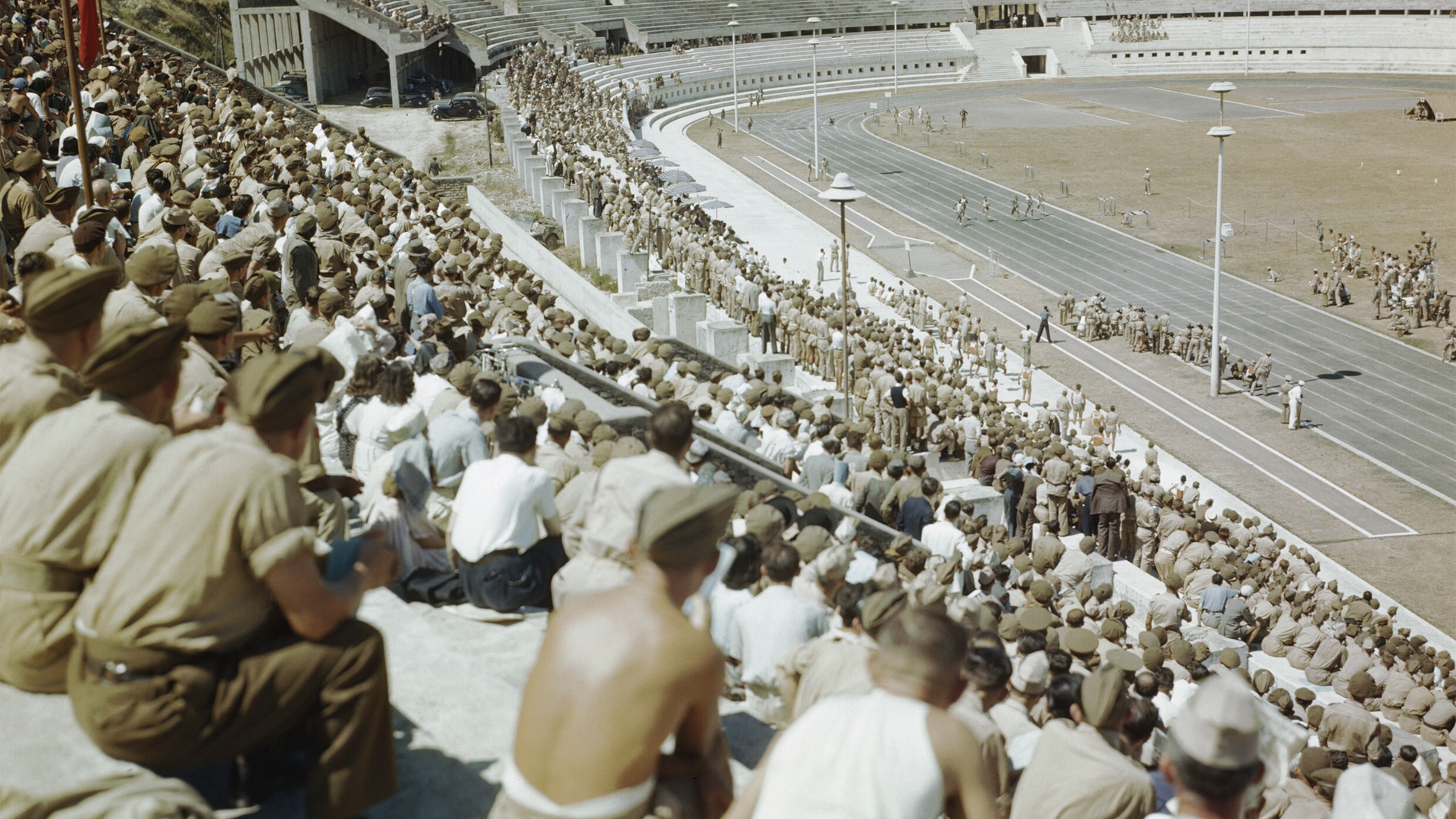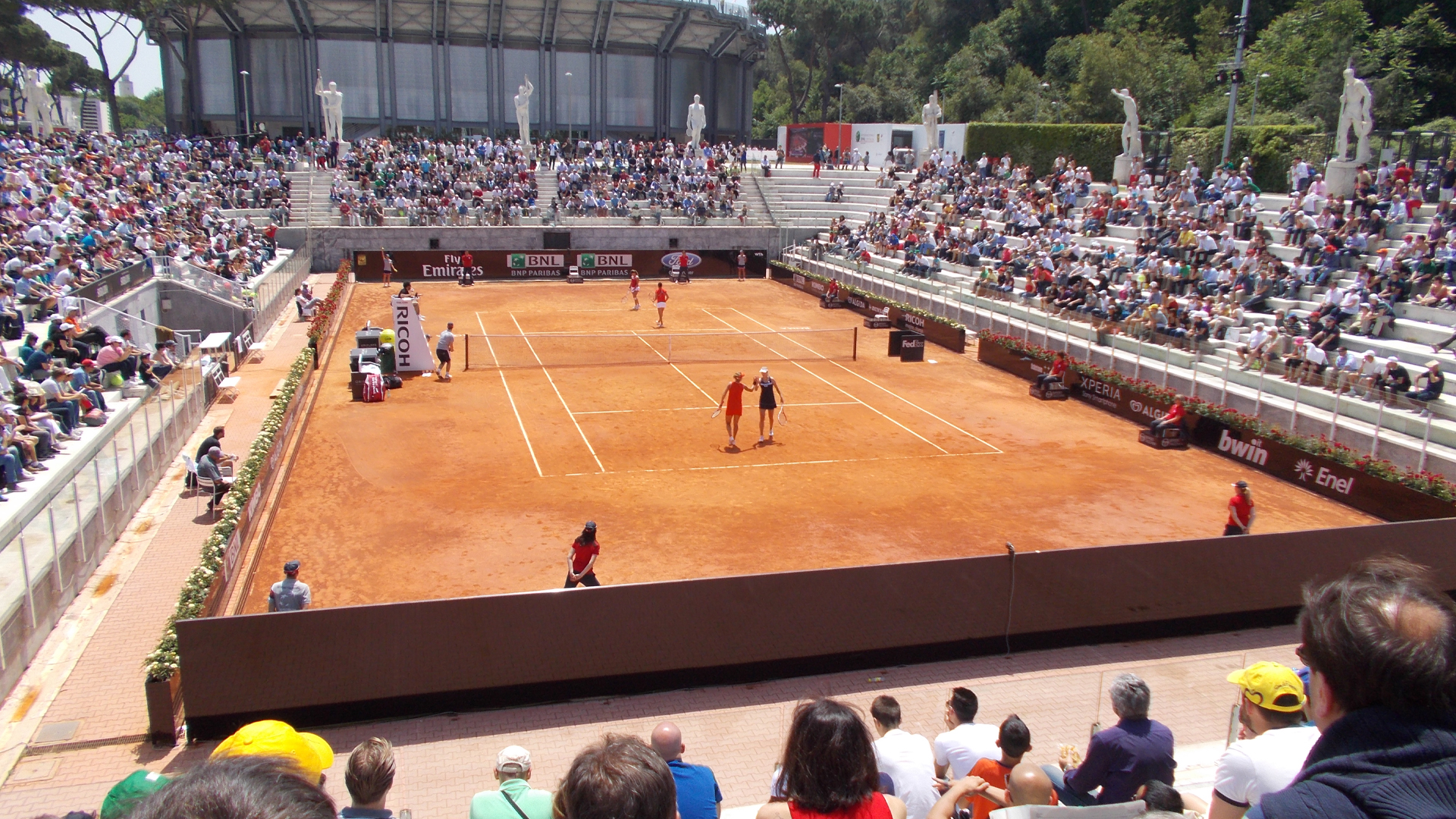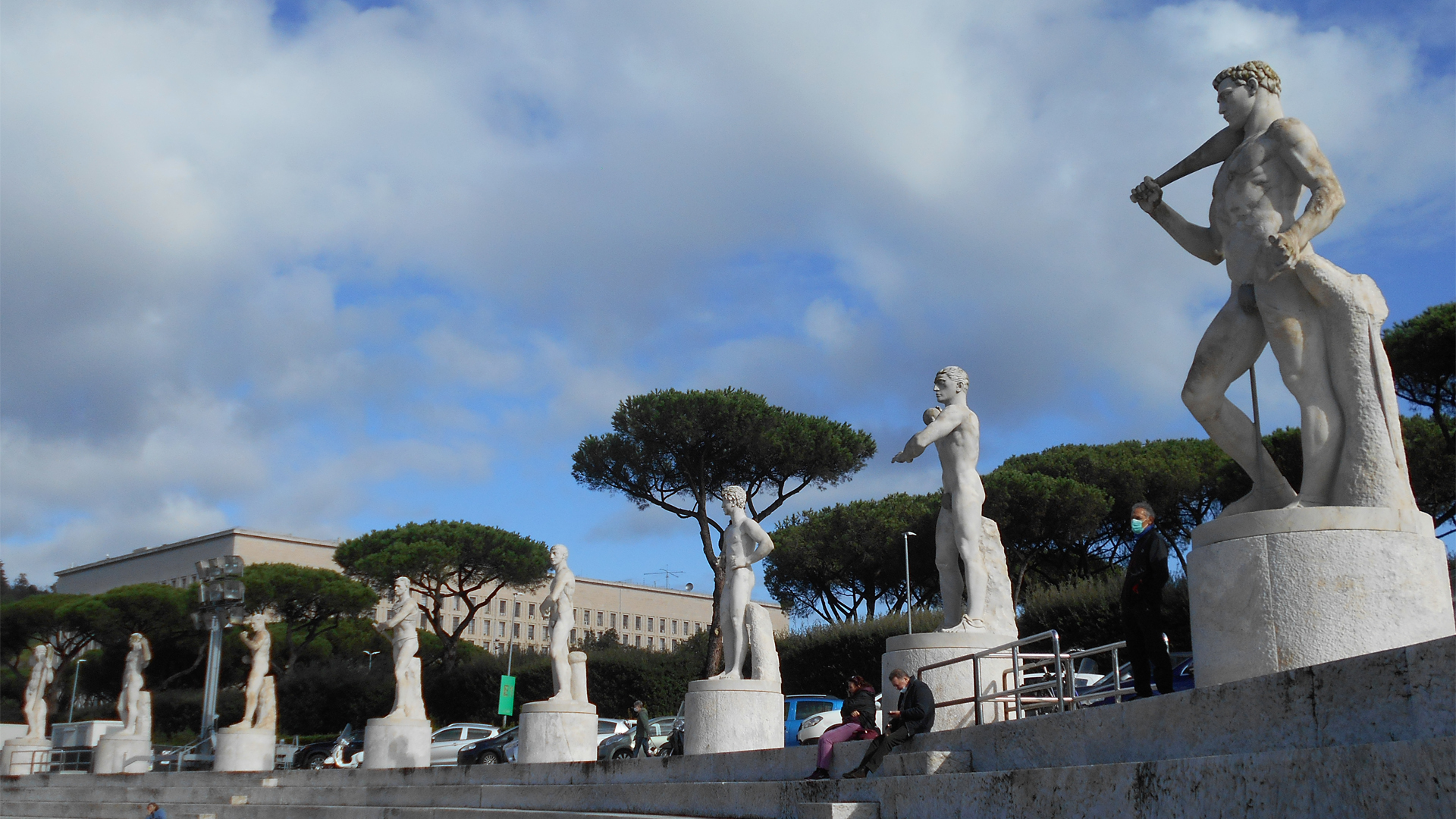Everyone knows that Rome is one of the most ancient and historic cities on earth. While this prestige comes with celebrated monumental sites like Trevi Fountain and the Pantheon, there are other imposing structures that should be remembered, but not necessarily praised. One example is the Foro Italico, an indoor and outdoor Italian sports complex located on the slopes of Monte Mario in Rome built in the 1930s under fascist dictator Benito Mussolini.
Mussolini originally commissioned Foro Italico to make Italy an eligible candidate for hosting the 1940 Olympic Games. He hired the prestigious Italian architects of the day and thus the facilities were finished by the late 1930s. At the time of construction, it was called Foro Mussolini but was changed to Foro Italico after the war. The finished complex aimed at being a testament to fascist exceptionalism. In other words, the stadium’s architecture and mosaics tell of fascism’s ostensible “virtues”. Ultimately, fascist Italy could not share its vision with the world during the 1940 Olympics, seeing as World War II shattered any dream Italy had of hosting.

(Photo Credit: Itto Ogami via Wikimedia Commons)
Despite not actually hosting the Olympics, Foro Italico still stands as a fully operational sports complex complete with fascist iconography. Perhaps the most pro-fascist monument in the entire compound is the Stele Mussolini, a three-story tall marble obelisk at the entrance of Foro Italico. What makes this column especially fascist is its unmissable inscriptions of “Mussolini” and “Dux”, the latter referring to the fascist dictator’s moniker. This monolith was meant to be unmissable to the general patron at the entrance; it is also deliberately the tallest marble statue in the Foro Italico, which under the time of construction, literally implied that Mussolini’s grandeur was above the average person.
Another jarring remnant of fascism found in the compound is the repetition of “Duce, Duce, Duce”, which stems from the aforementioned “Dux”. The repetition of Duce can be seen over 260 times on mosaics throughout the forum. This repetition aimed at portraying how pervasive Mussolini was in Italy in the 1930s and 1940s.

(Photo Credit: Itto Ogami via Wikimedia Commons)
Regarding indoor infrastructures, the largest in the complex is Stadio Olimpico, the colossal soccer venue that is the home stadium to two Italian Serie A Soccer teams: Roma and Lazio.
Perhaps the most famous attraction in Foro Italico is the Stadio dei Marmi, an outdoor track and field stadium with sixty statues of burly athletes orbiting, each over twelve feet tall and depicting a different sport. A popular site for tourists, these aesthetic athletes were chiseled out of Carrara marble, a region revered for the purity of its geological export.
Even today, you can go see Stele Mussolini, hundreds of mosaic depictions of “Duce”, and even the sixty athletes for free, thanks to the fact that much of Foro Italico’s outdoor facilities are open to the public. If you are ever in Rome and get the impulse to go on a run, there is no better outdoor track than that of Stadio dei Marmi, where you can be inspired by sixty handsome marble athletes.
Eric Gotsch
Eric Gotsch is a writing intern that is a rising senior at Loyola University Chicago where he has a double major in Italian Studies and Political Science. Eric studied abroad in Rome for his Fall 2023 semester while also interning at Il Centro Studi Americani, an Italian-American international relations think-tank. For fun, Eric likes to exercise, practice Italian, and bake focaccia.

